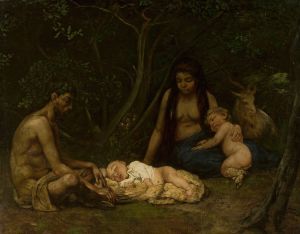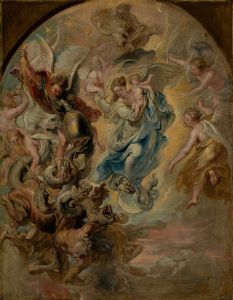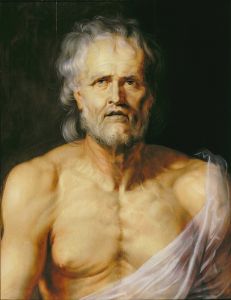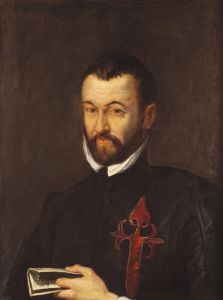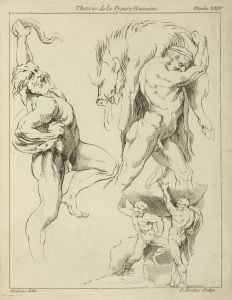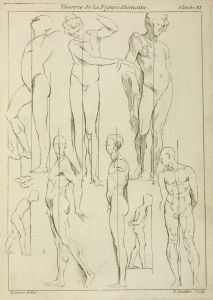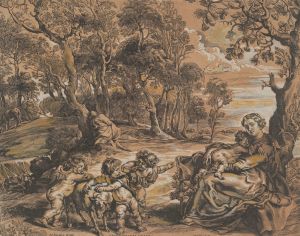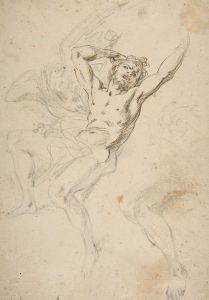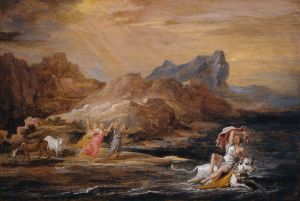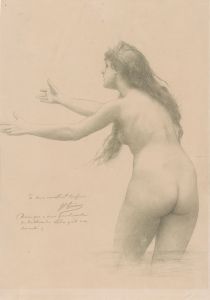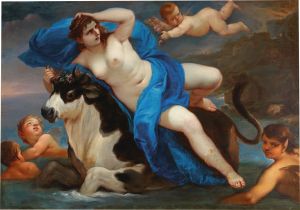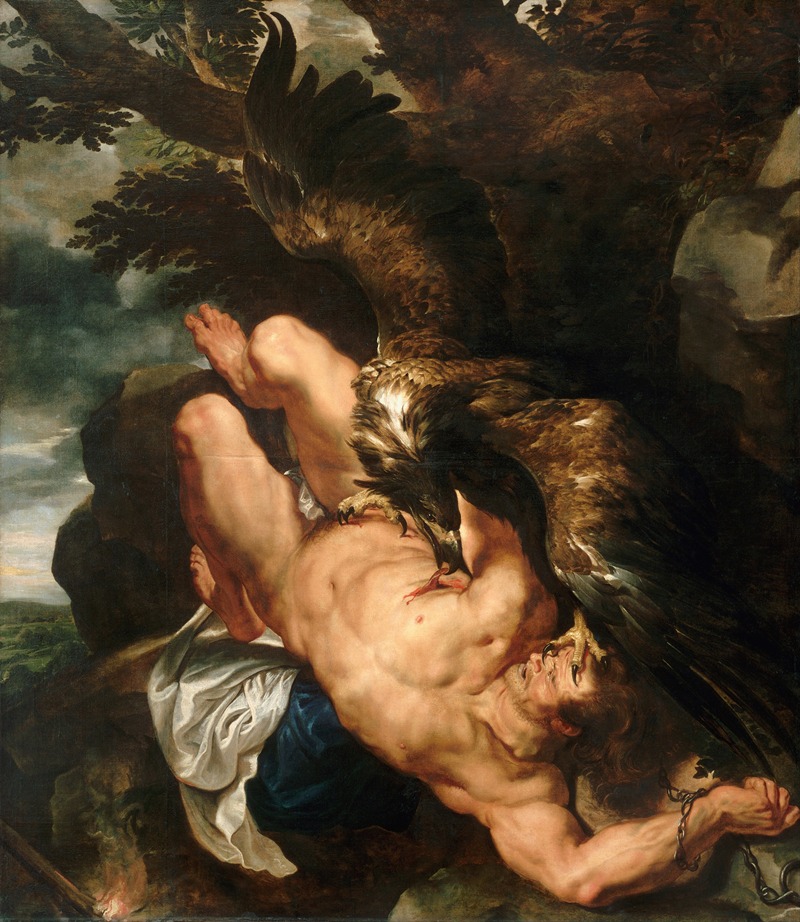
Prometheus Bound
A hand-painted replica of Peter Paul Rubens’s masterpiece Prometheus Bound, meticulously crafted by professional artists to capture the true essence of the original. Each piece is created with museum-quality canvas and rare mineral pigments, carefully painted by experienced artists with delicate brushstrokes and rich, layered colors to perfectly recreate the texture of the original artwork. Unlike machine-printed reproductions, this hand-painted version brings the painting to life, infused with the artist’s emotions and skill in every stroke. Whether for personal collection or home decoration, it instantly elevates the artistic atmosphere of any space.
Prometheus Bound is a dramatic oil painting created by the Flemish Baroque artist Peter Paul Rubens, in collaboration with the animal painter Frans Snyders. The artwork, completed between 1611 and 1618, is widely regarded as one of Rubens' masterpieces and a striking example of his ability to depict dynamic movement, emotional intensity, and anatomical precision.
The painting illustrates the mythological story of Prometheus, a Titan from Greek mythology who defied the gods by stealing fire from Mount Olympus and giving it to humanity. As punishment, Zeus condemned Prometheus to eternal torment, chaining him to a rock where an eagle would perpetually feast on his liver, which would regenerate daily. This myth was a popular subject in Renaissance and Baroque art, symbolizing themes of rebellion, suffering, and the pursuit of knowledge.
In Prometheus Bound, Rubens captures the moment of Prometheus' agony with extraordinary realism and emotional depth. The Titan's muscular, contorted body dominates the composition, emphasizing his physical and emotional suffering. His expression conveys intense pain and despair as the eagle, painted with meticulous detail by Snyders, viciously attacks his liver. The eagle's sharp talons and beak contrast with the vulnerability of Prometheus' exposed flesh, heightening the dramatic tension.
The painting is notable for its dynamic composition and use of chiaroscuro, a technique that contrasts light and shadow to create a sense of depth and drama. Rubens employs a diagonal arrangement, with Prometheus' body twisting across the canvas, drawing the viewer's eye through the scene. The dark, stormy background enhances the sense of isolation and torment, while the vivid depiction of the eagle and Prometheus' flesh showcases the artists' technical skill.
Rubens collaborated with Frans Snyders, a specialist in animal painting, to achieve the lifelike representation of the eagle. This partnership reflects the collaborative nature of artistic production during the Baroque period, where artists often worked together to combine their expertise.
The painting is currently housed in the Philadelphia Museum of Art, where it remains a highlight of the collection. Its powerful imagery and masterful execution continue to captivate viewers and serve as a testament to Rubens' artistic genius and his ability to convey complex emotions through his work.





